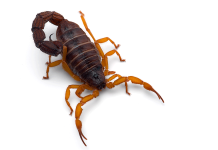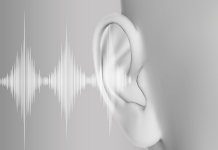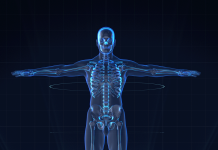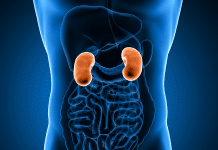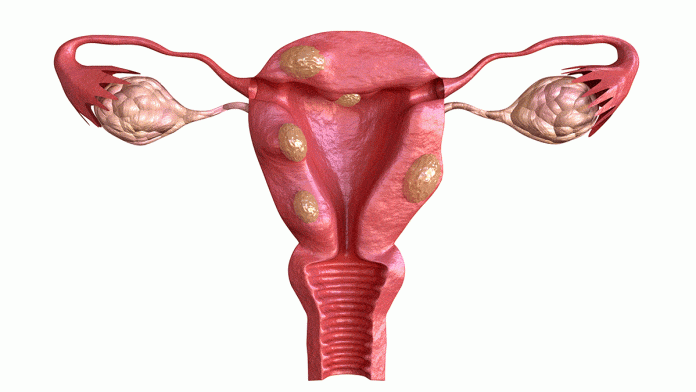Endometriosis is a condition in which cells similar to those in the endometrium, grow outside of it. Endometriosis most commonly involves your ovaries, fallopian tubes, and the membrane lining your pelvis. Rarely, endometrial tissue may spread beyond pelvic organs.
With endometriosis, the endometrial-like tissue acts like endometrial tissue would it thickens, breaks down and bleeds with each menstrual cycle. But because this tissue has no way to exit your body, it becomes trapped. When endometriosis involves the ovaries, cysts called endometriomas may form. Surrounding tissue can become irritated, eventually developing scar tissue and adhesions — abnormal bands of fibrous tissue that can cause pelvic tissues and organs to stick to each other.
Consider watching this video to know more about five ways to fight endometriosis….
Endometriosis can cause pain — sometimes severe — especially during menstrual periods. Fertility problems also may develop. The primary symptom of endometriosis is pelvic pain, often associated with menstrual periods. Although many people experience cramping during their menstrual periods, those with endometriosis typically describe menstrual pain that’s far worse than usual. Pain also may increase over time.
Pelvic pain and cramping may begin before and extend several days into a menstrual period. You may also have lower back and abdominal pain. Pain with intercourse or discomfort during or after sex is joint with endometriosis. You may experience occasional heavy menstrual periods or bleeding between periods (inter-menstrual bleeding). Sometimes, endometriosis might get diagnosed in those seeking treatment for infertility.
Endometriosis is sometimes mistaken for other conditions that can cause pelvic pain, such as pelvic inflammatory disease (PID) or ovarian cysts. It may be confused with irritable bowel syndrome (IBS), a condition that causes bouts of diarrhea, constipation, and abdominal cramping. IBS can accompany endometriosis, which can complicate the diagnosis.
In retrograde menstruation, menstrual blood containing endometrial cells flows back through the fallopian tubes and into the pelvic cavity instead of out of the body. These endometrial cells stick to the pelvic walls and surfaces of pelvic organs, where they grow and continue to thicken and bleed over the course of each menstrual cycle.
Transformation of peritoneal cells is what’s known as the “induction theory,” experts propose that hormones or immune factors promote the change of peritoneal cells — cells that line the inner side of your abdomen — into endometrial-like cells.
Hormones such as estrogen may transform embryonic cells, which are cells in the earliest stages of development, into endometrial-like cell implants during puberty. After a surgery, such as a hysterectomy or C-section, endometrial cells may attach to a surgical incision. The blood vessels or tissue fluid (lymphatic) system may transport endometrial cells to other parts of the body.
A problem with the immune system may make the body unable to recognize and destroy endometrial-like tissue that’s growing outside the uterus.
The main complication of endometriosis is impaired fertility. Approximately one-third to one-half of women with endometriosis has difficulty getting pregnant. Ovarian cancer does occur at higher than expected rates in those with endometriosis. But the overall lifetime risk of ovarian cancer is low. Some studies suggest that endometriosis increases that risk, but it’s still relatively small. Although rare, another type of cancer — endometriosis-associated adenocarcinoma — can develop later in life in those who have had endometriosis.
For many women, management of this disease may be a long-term process. Therefore, it is important to educate yourself!
Until Next Time,
Team Doctor ASKY!




